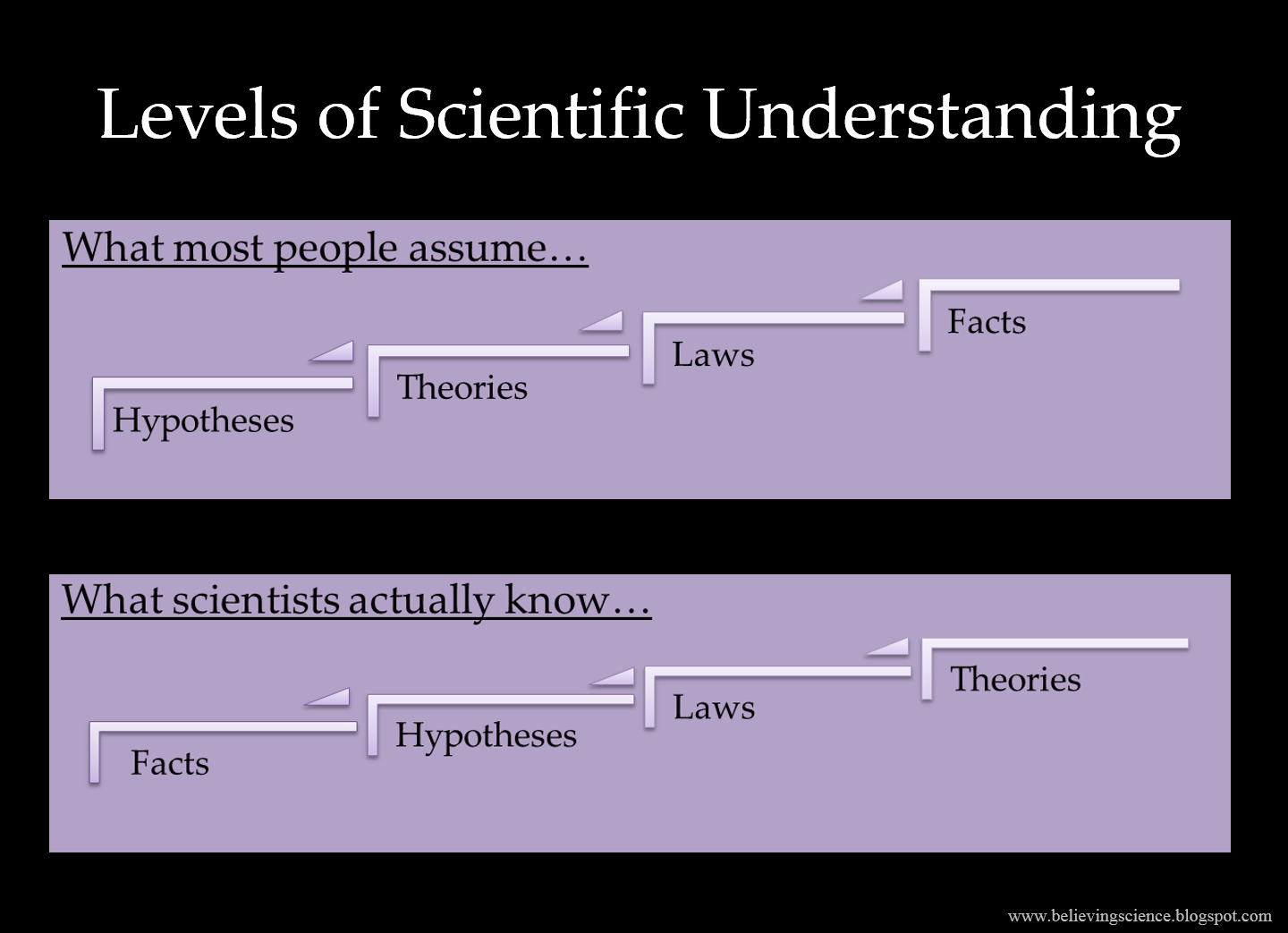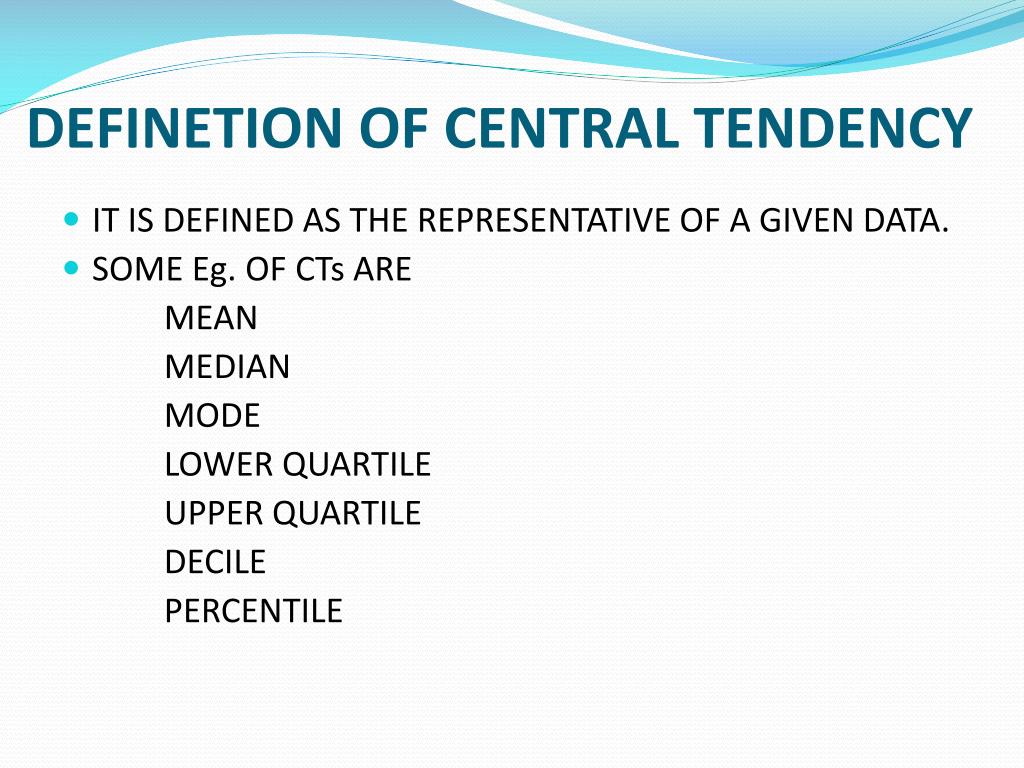

Unlike individual readiness for change, organizational readiness for change has not been subject to extensive empirical study. While this advice seems reasonable and useful, the scientific basis for these recommendations is limited.

These strategies include highlighting the discrepancy between current and desired performance levels, fomenting dissatisfaction with the status quo, creating an appealing vision of a future state of affairs, and fostering confidence that this future state can be achieved. Drawing on Lewin's three-stage model of change, change management experts have prescribed various strategies to create readiness by 'unfreezing' existing mindsets and creating motivation for change. Indeed, some suggest that failure to establish sufficient readiness accounts for one-half of all unsuccessful, large-scale organizational change efforts. Organizational readiness for change is considered a critical precursor to the successful implementation of complex changes in healthcare settings. That is, there is no 'one best way' to increase organizational readiness for change. Further, the theory suggests the possibility that the strategies that change management experts recommend are equifinal. The theory offers a means of reconciling the structural and psychological views of organizational readiness found in the literature. Testing the theory would require further measurement development and careful sampling decisions. This way of thinking about organizational readiness is best suited for examining organizational changes where collective behavior change is necessary in order to effectively implement the change and, in some instances, for the change to produce anticipated benefits. The theory described in this article treats organizational readiness as a shared psychological state in which organizational members feel committed to implementing an organizational change and confident in their collective abilities to do so. The result is more effective implementation. When organizational readiness for change is high, organizational members are more likely to initiate change, exert greater effort, exhibit greater persistence, and display more cooperative behavior. Organizational readiness for change varies as a function of how much organizational members value the change and how favorably they appraise three key determinants of implementation capability: task demands, resource availability, and situational factors. As an organization-level construct, readiness for change refers to organizational members' shared resolve to implement a change (change commitment) and shared belief in their collective capability to do so (change efficacy). Organizational readiness for change is a multi-level, multi-faceted construct. I focus on the organizational level of analysis because many promising approaches to improving healthcare delivery entail collective behavior change in the form of systems redesign-that is, multiple, simultaneous changes in staffing, work flow, decision making, communication, and reward systems. In this article, I conceptually define organizational readiness for change and develop a theory of its determinants and outcomes.

Unlike individual readiness for change, organizational readiness for change has not been subject to extensive theoretical development or empirical study. Although the advice seems reasonable, the scientific basis for it is limited. Change management experts have emphasized the importance of establishing organizational readiness for change and recommended various strategies for creating it.


 0 kommentar(er)
0 kommentar(er)
